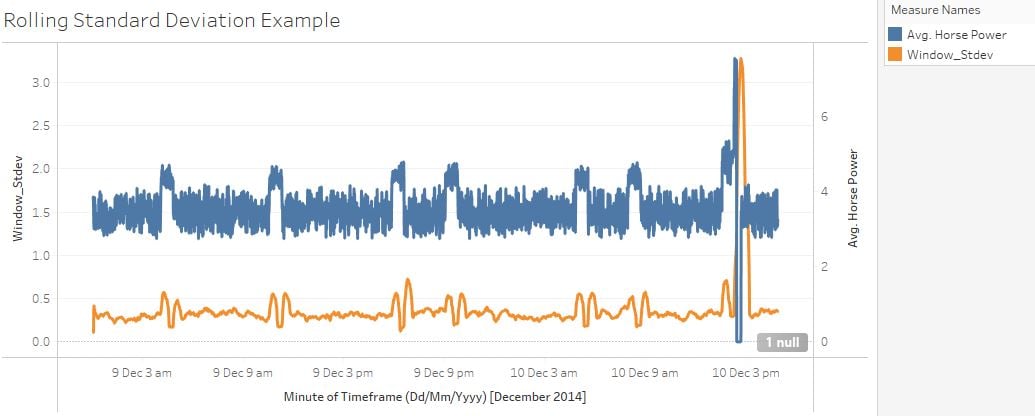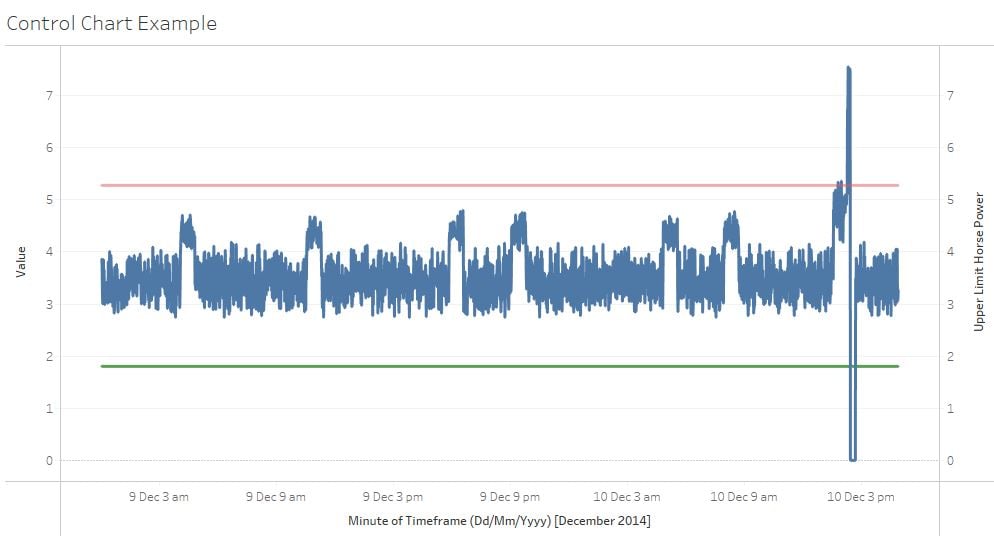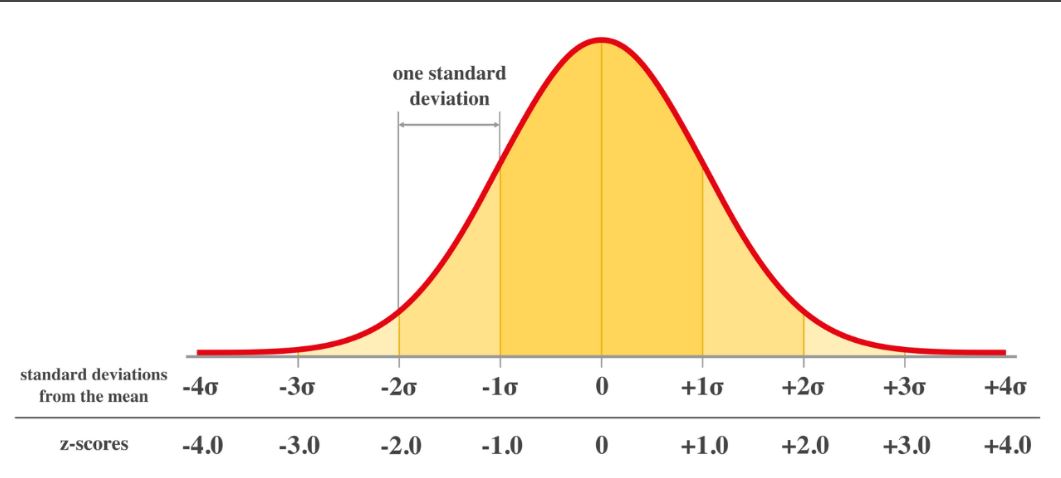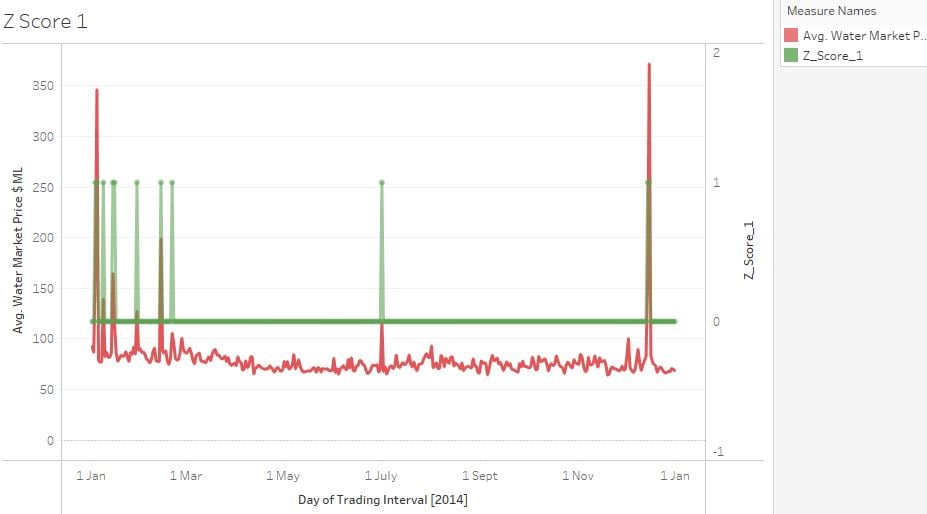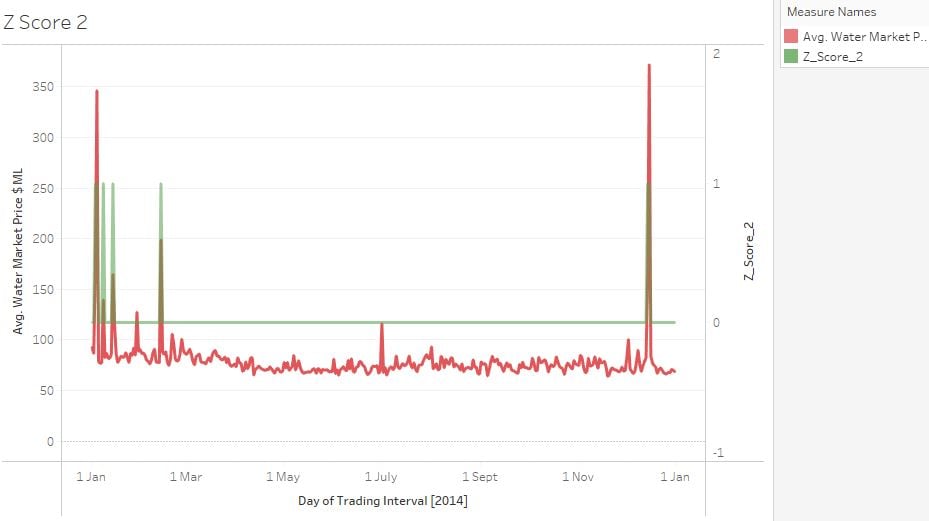Anomaly detection with window functions
Time Series Analysis in Tableau

Chris Hui
VP, Tracked
Standard deviation versus rolling standard deviation
- Standard deviation measures the degree of dispersion in a set of values
- High standard deviation = high variance
- Low standard deviation = low variance
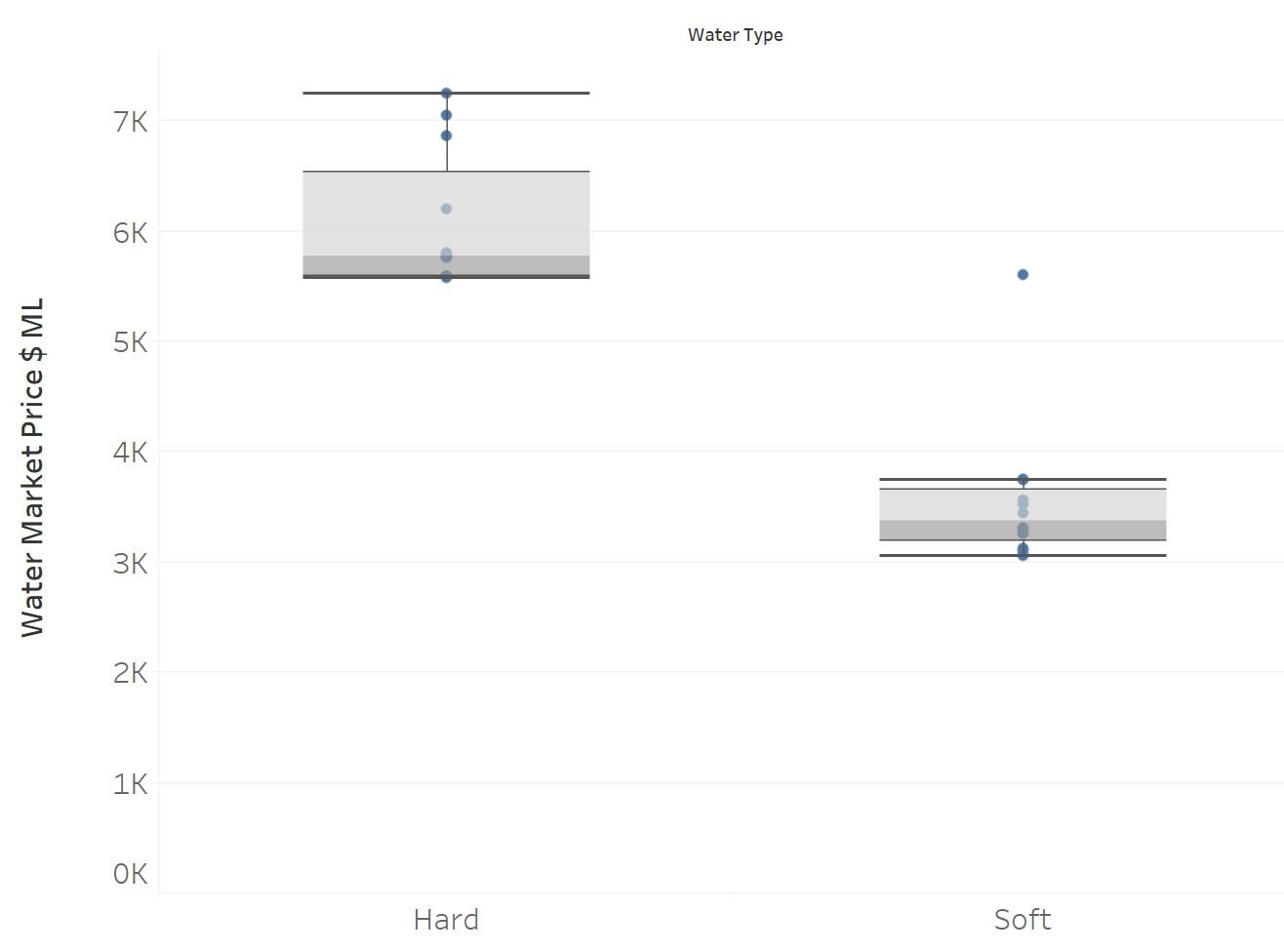
Rolling standard deviation, calculated on a window subset, is useful to identify variance inflation with respect to time
As the variance grows larger, this may signal an anomaly for analysis purposes
Standard deviation and anomaly detection
Anomaly detection for time series data generally follows the 68, 95, 99 rule
~ 68% of all values = 1 standard deviation away from the mean
- 95% of all values = 2 standard deviation away from the mean
- ~ 99.7% of all values = 3 standard deviation away from the mean
- Any value > 3 standard deviations away from the mean is anomalous
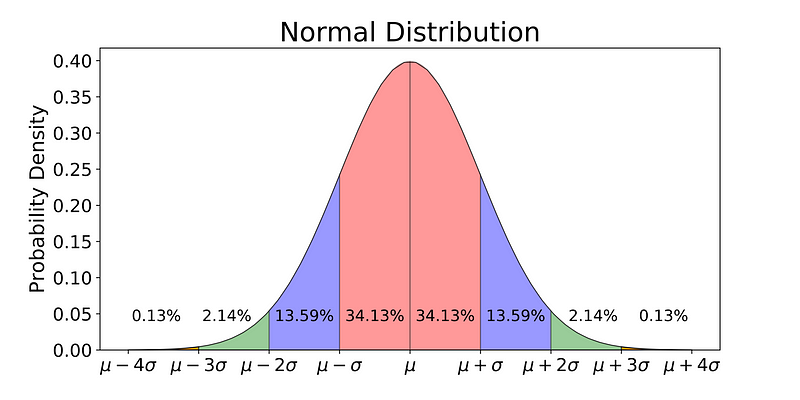
Upper and lower control limits
Primarily utilized for univariate time series analysis as opposed to multivariate
Control charts are an effective visual way of identifying the upper and lower bounds of what are acceptable values
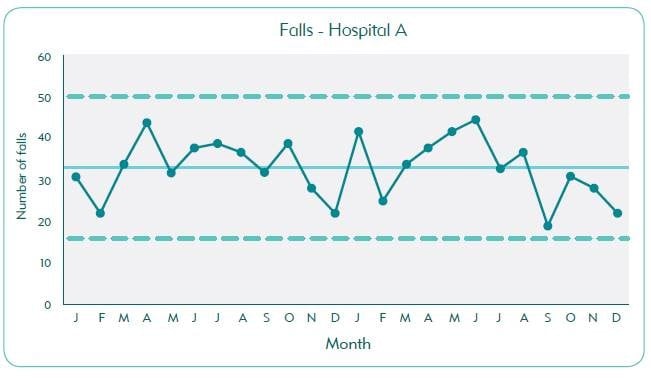
- Values that exceed the population mean +- 3 standard deviations are anomalous
What are Z-scores?
The Z-score is the number of standard deviations a data point lies above or below the mean
A positive Z-score indicates the value is above the mean
A negative Z-score indicates the value is below the mean
Separate from standard deviation that measures distance between data points
Z-scores and anomaly detection
- Z-scores +-3 are considered anomalous, but this is contextual
- Higher Z-scores mean less anomalies, but this depends on how sensitive your anomaly detection is
Let's practice!
Time Series Analysis in Tableau
